Intel pushes interactive learning with Android/Windows reference designs
Chipmaker wants to grab a major slice of the education market.
Intel has showcased a number of reference designs at the Bett 2013 trade show ranging from Windows Ultrabooks to Android tablets - designed for use in the classroom.
One of the more interesting concepts on show was the Intel Classmate PC a 10in clamshell device running Windows 8.
The PC has been specifically designed for the classroom with features such as a wide angle touch screen, robust waterproof keyboard, as well as multiple audio jacks and USB ports. The device is also available with a 6-cell battery, giving it a touted usage time of 11 hours.
Intel is expecting to license out the design to OEM partners this year, and has confirmed plans to provide its education software suite as part of any package.
Intel treated IT Pro to a demo of its scientific suite. We were able to see how children can connect a microscope to the device, carry out time-lapse pictures and even use AR technology to interact with experiments in a science lesson.
The firm has created a comprehensive management suite - and the devices can be controlled remotely. So, for example, the teacher can lock at all the devices, open up specific applications or send questions directly to PCs, which the children can then answer.
The teacher would also be able to monitor what students are viewing either on the specific interactive whiteboard or via their own tablet/laptop.
Get the ITPro daily newsletter
Sign up today and you will receive a free copy of our Future Focus 2025 report - the leading guidance on AI, cybersecurity and other IT challenges as per 700+ senior executives
Prices for the clamshell device have yet to be confirmed, but Intel suggested the cost of deploying these machines will be on a par with a netbook rollout.
Intel also showcased an Android tablet. A typical use case would see teachers use the device to monitor student machines.
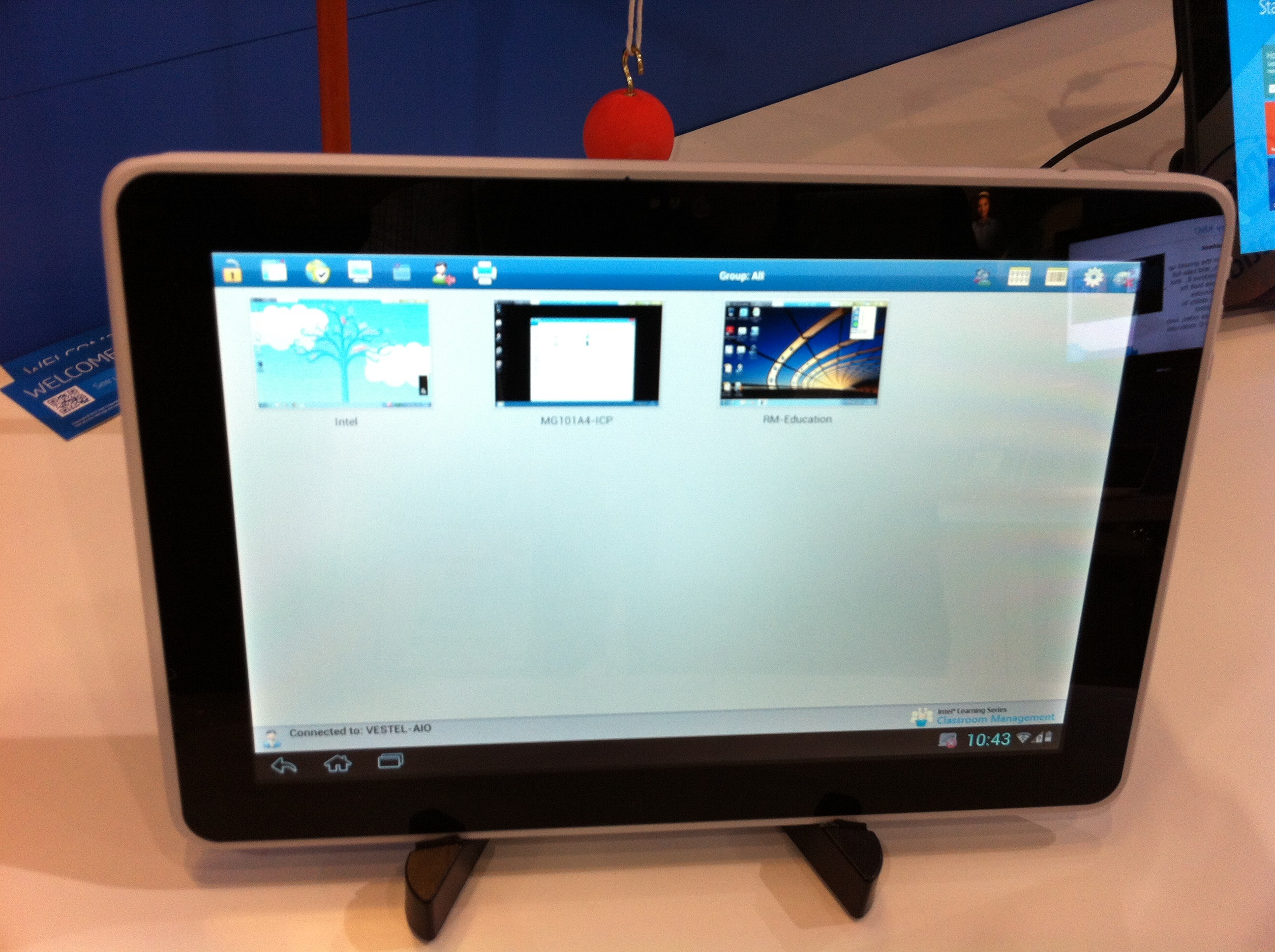
Speaking to IT Pro, Brandon Frerking, from Intel's World Ahead Education division, said schools need to embrace technology instead of limiting it.
"We want to create magic in the classroom and help to engage learning. Schools have to embrace technology as kids want to use their devices. Putting restrictions in place by banning devices such as smartphones is not beneficial and will not encourage learning," he said.
"The need to deploy devices such as clamshell laptops to children and teenagers is important, but it is imperative they can take them home.
"This allows children to take ownership of device, engages learning and also helps to get parents involved, which is critical," he added.
So far Intel claims to have sold 10 million reference designs since its entry into the education market in 2007.
The increased use of technology within the classroom is likely to be a big growth area for the firm as it looks to diverse its business in the wake of slowing PC sales.
-
 Should AI PCs be part of your next hardware refresh?
Should AI PCs be part of your next hardware refresh?AI PCs are fast becoming a business staple and a surefire way to future-proof your business
By Bobby Hellard
-
 Westcon-Comstor and Vectra AI launch brace of new channel initiatives
Westcon-Comstor and Vectra AI launch brace of new channel initiativesNews Westcon-Comstor and Vectra AI have announced the launch of two new channel growth initiatives focused on the managed security service provider (MSSP) space and AWS Marketplace.
By Daniel Todd
-
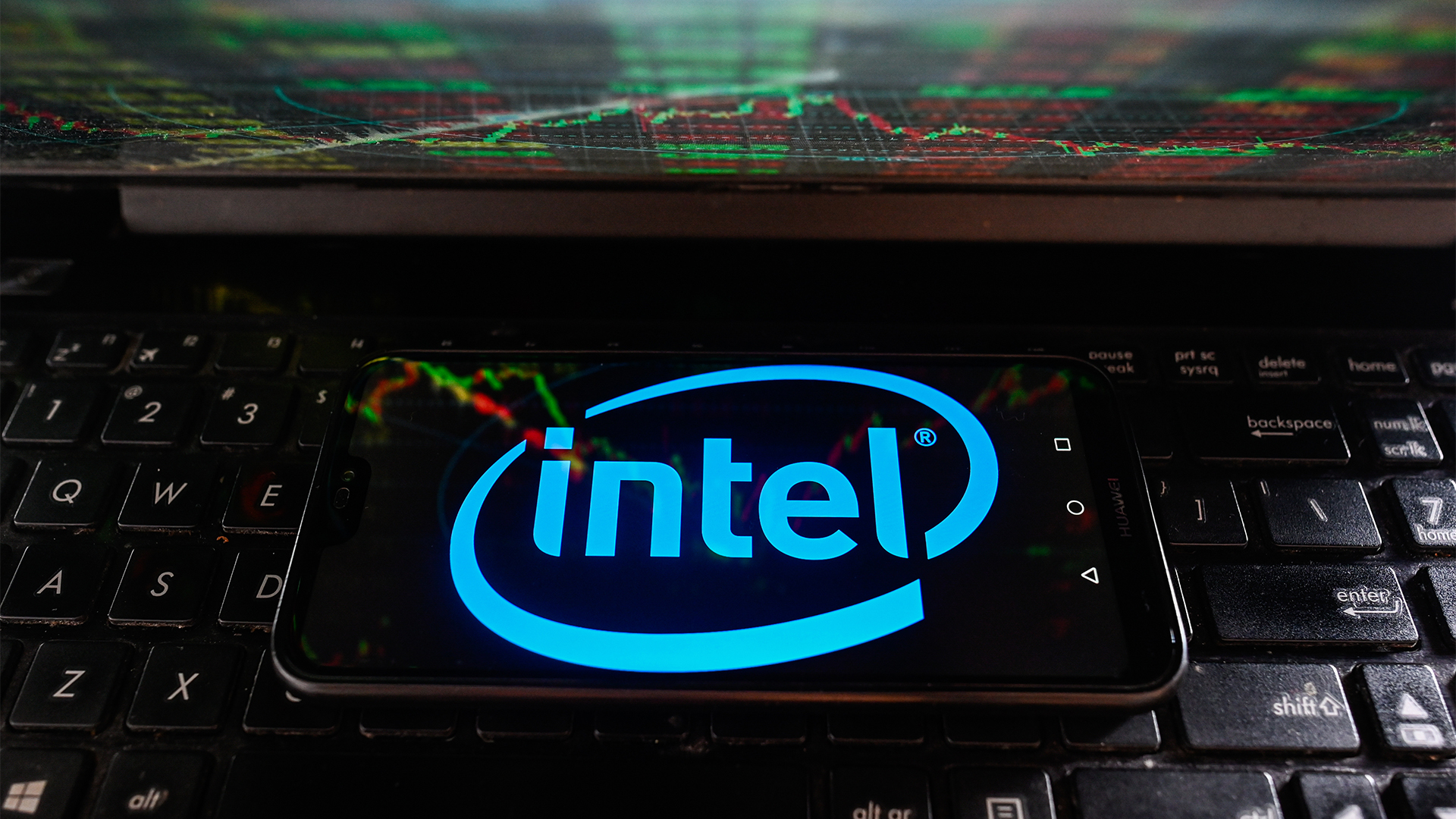 Why Intel is pushing for developers to adopt AI PCs
Why Intel is pushing for developers to adopt AI PCsNews A new Intel initiative aims to drive developer adoption of AI PCs and improve synergy with the hardware makers building these next-generation devices
By Steve Ranger
-
 Intel CTO: Open source ecosystem is “poorly written”
Intel CTO: Open source ecosystem is “poorly written”News Chipmaker calls on industry to improve contributions
By Adam Shepherd
-
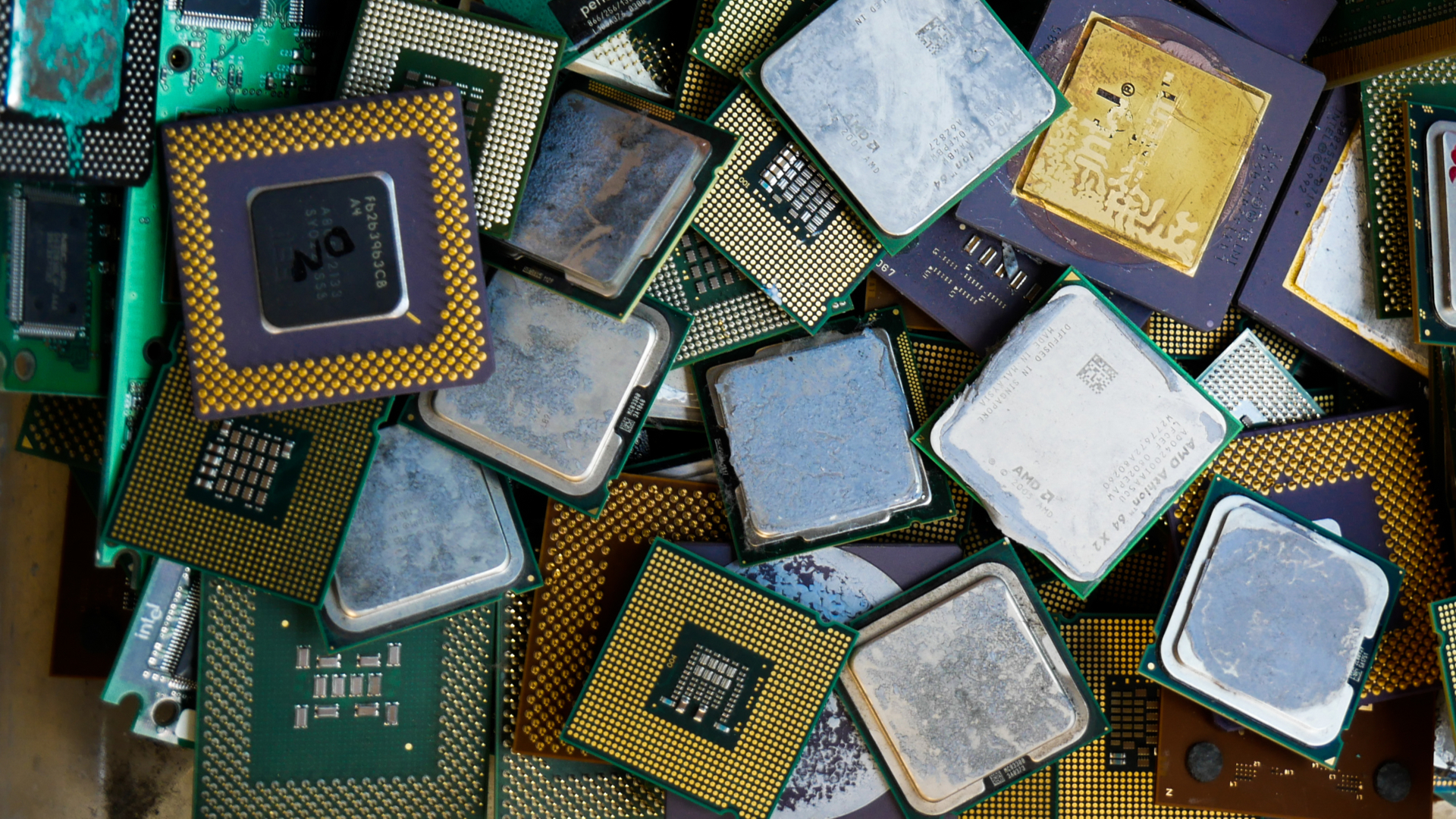 Tech giants lobby US to fund chip production
Tech giants lobby US to fund chip productionNews Industry heavyweights ask Congress for $50 billion in chip manufacturing subsidies
By Mike Brassfield
-
 The total economic impact of the Intel vPro® platform
The total economic impact of the Intel vPro® platformWhitepaper Save costs. Save time. Save the workday.
By ITPro
-
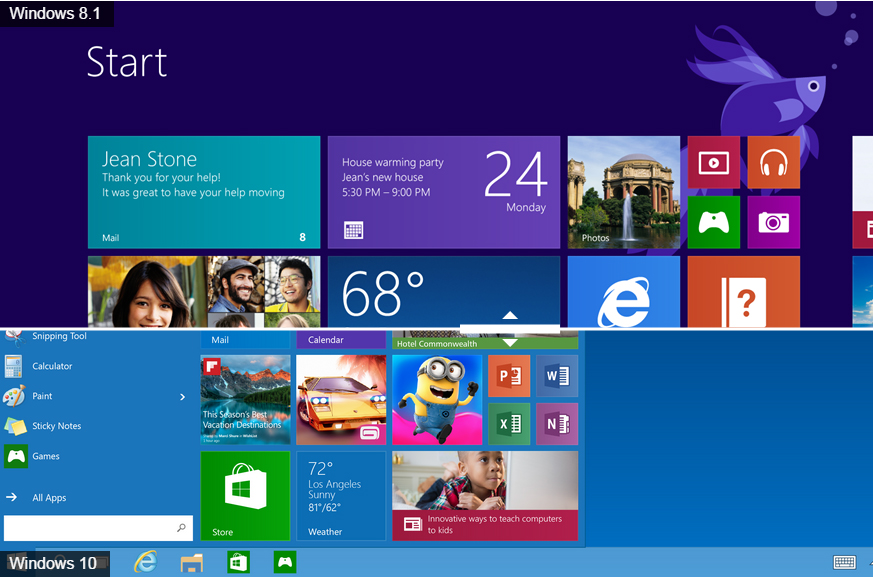 Windows 10 vs Windows 8.1: Which was the best operating system?
Windows 10 vs Windows 8.1: Which was the best operating system?Vs We rate Windows 10 vs Windows 8.1 in a number of key categories for professional use
By Barry Collins
-
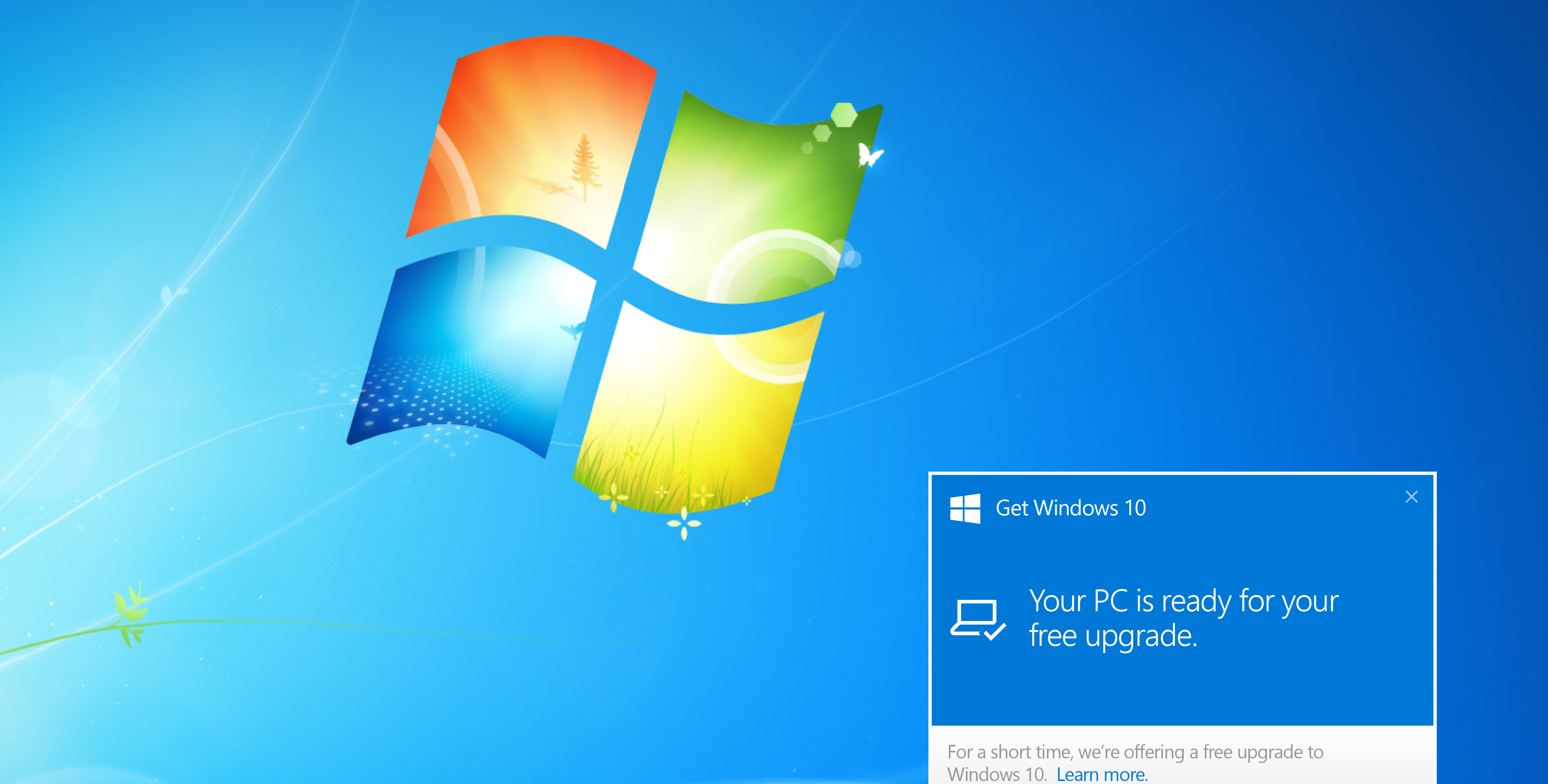 Windows 10 vs Windows 8.1 vs Windows 7 - Microsoft OS head-to-head
Windows 10 vs Windows 8.1 vs Windows 7 - Microsoft OS head-to-headVs We pit Microsoft's most popular operating systems against each other to see which is the greatest of all time
By Mike Passingham
-
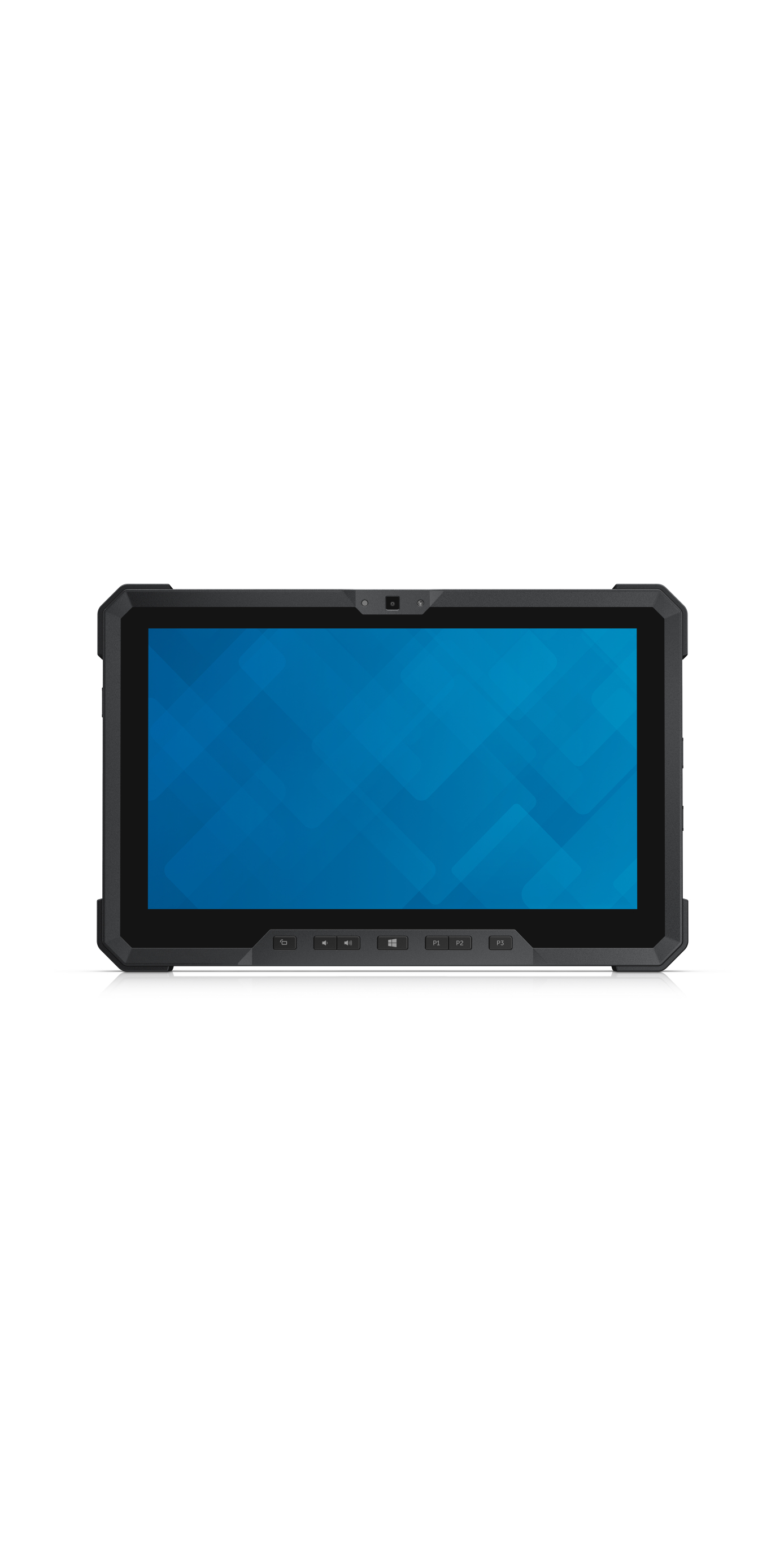 Dell Latitude 12 Rugged Tablet review
Dell Latitude 12 Rugged Tablet reviewReviews Dell's military-grade tablet wasn't rugged enough to survive IT Pro's Adam Shepherd
By Adam Shepherd
-
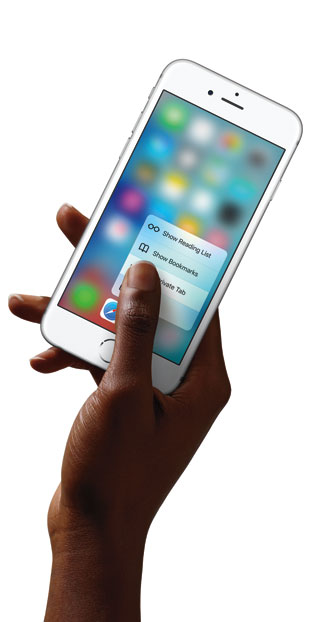 Army of Intel engineers sets to work on iPhone chips
Army of Intel engineers sets to work on iPhone chipsNews Around 1,000 people are creating an LTE modem for the next iPhone
By Rene Millman